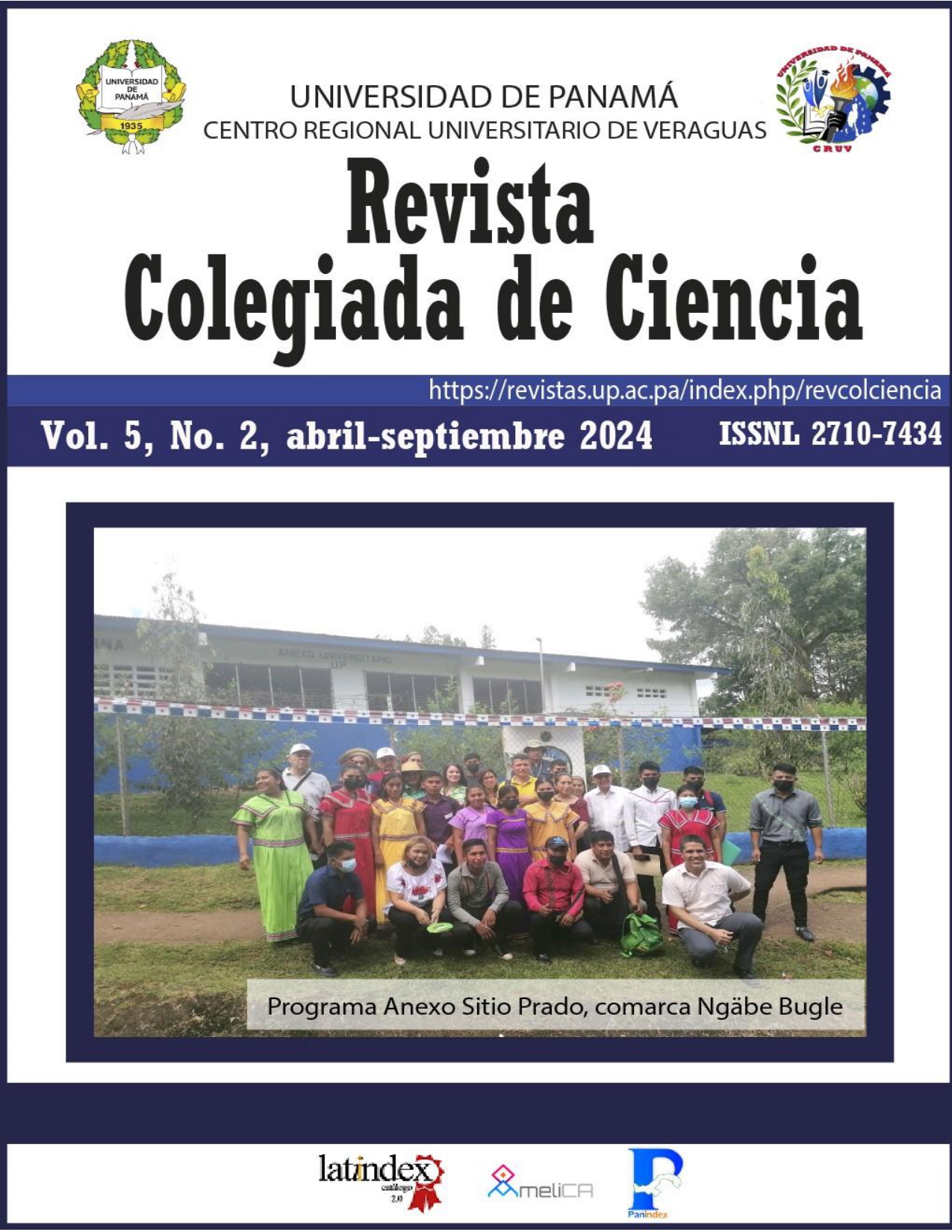

The spatial diversity patterns of the birds of the Weckso Ecological Center, PILA, Bocas del Toro, were studied. The study recorded 855 individuals of 80 species (70 residents and 10 migratory). In addition, nine species have some type of national or international threat. The most abundant species were, in the forest, A. tzacatl (11.7%), in the riverbank, N. brasilinus (8.3%), and in the open area, B. swainsoni (6.1%). The order Passeriformes was the most diverse and abundant with values of 53.8% and 37.2% respectively. The Accipitridae family was the most abundant with 15.7% while Thraupidae was the most diverse with 11.2%. According to the Hill numbers and the Chao 1 estimator, a good representation of the true diversity expressed by the orders (q=0, q=1 and q=2) of the sampled sites was obtained. Habitats with better forest cover demonstrated higher levels of species diversity. The cluster analysis revealed maximum homogeneity within the habitats, but with differences between them, where the forest and the riverbank have a lower dissimilarity compared to the open area. Some specialist birds such as B. swainsoni, R. magnirostris, L. semiplumbeus and N. brasilinus, contribute differentially to the species composition among the sampled habitats, favoring the turnover of other more generalist species such as A. tzacatl, T. grayi and T. melancholicus. These results indicate that the true diversity and turnover of birds are real evidence that guarantees the conservation of the Weckso Ecological Center, since its alpha and beta diversity patterns are very significant.